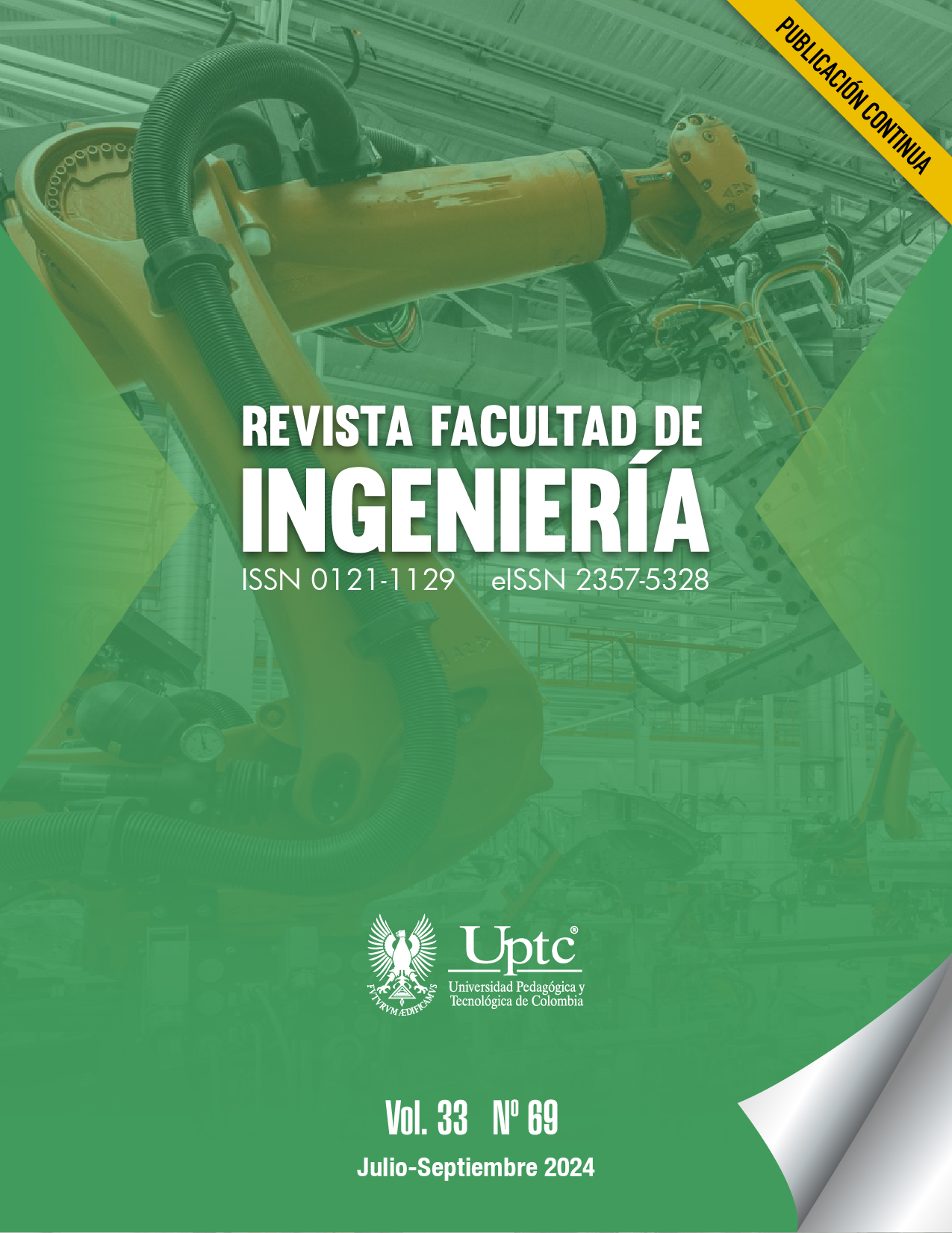IoT-based Technology for the Coffee Drying Process Data Analysis of Small Farmers

Abstract
The processing of coffee beans after harvest relies heavily on drying, which significantly affects the final product quality. Despite its importance, smallholder farmers in developing countries often resort to using patios and sun exposure for drying, exposing the process to numerous uncontrollable variables that may compromise the quality of coffee. Furthermore, coffee farmers typically employ subjective methods to determine moisture content, which can lead to inaccurate measurement results. This study proposes an Internet-of-Things (IoT)-based technology for monitoring and analyzing the coffee drying process. By utilizing a portable set of sensors and data analytics, this technology collects real-time data on various parameters of the drying process, including grain moisture and air temperature and humidity. Once registered in the system, users can access and analyze the data using their cell phones. The study employed a three-phase methodology: first, designing and developing an IoT framework to capture and analyze data related to the coffee drying process; second, implementing the IoT system, including software development for data transmission, processing, and visualization; and third, conducting a case study with a female smallholder coffee farmer association in Génova, Quindío, Colombia, to deploy the technology, evaluate its usability, and analyze its impact on the drying process. The results of the case study show that the proposed technology allows users to visualize trends and patterns in the drying process based on previously entered information. This offers valuable insights into the drying process, enabling farmers to make informed decisions and take appropriate action to improve the quality of their coffee beans.
Keywords
coffee beans, data analytics, dH-200 device, drying process, IoT, real-time monitoring, small farmer coffee producers
References
- El Quindiano, 95500 millones para la estabilización de precios del café, 2023. https://www.elquindiano.com/noticia/10880/95500-millones-para-la-estabilizacion-de-precios-del-cafe-ministro-andresvalencia-pinzon
- P. C. Ossani, M. Â. Cirillo, F. M. Borém, D. E. Ribeiro, R. M. Cortez, “Qualidade de cafés especiais: Uma avaliação sensorial feita com consumidores utilizando a técnica MFACT,” Revista Ciencia Agronomica, vol. 48, no. 1, pp. 92-100, 2017. https://doi.org/10.5935/1806-6690.20170010
- P. Siagian, E. Y. Setyawan, T. Gultom, F. H. Napitupulu, H. Ambarita, “A field survey on coffee beans drying methods of Indonesian small holder farmers,” in IOP Conference Series: Materials Science and Engineering, 2017. https://doi.org/10.1088/1757-899X/237/1/012037
- C. J. Pimenta, C. L. Angélico, S. M. Chalfoun, “Challengs in coffee quality: Cultural, chemical and microbiological aspects,” Ciencia e Agrotecnologia, vol. 42, no. 4, pp. 337-349, 2018. https://doi.org/10.1590/1413-70542018424000118
- V. M. Berrueta-Soriano, F. Limón Aguirre, “Developing a solar dryer for coffee,” LEISA Magazine, pp. 24-25, 2005. https://edepot.wur.nl/91838
- C. L. Hii, F. M. Borém, Drying and Roasting of Cocoa and Coffee, Boca Raton: CRC Press Taylor & Francis Group, 2020.
- J. M. Jurado-Chaná, E. C. Montoya-Restrepo, C. E. Oliveros-Tascón, J. García-Alzate, “Método para medir el contenido de humedad del café pergamino en el secado sola del café,” Cenicafé, vol. 60, no. 2, p. 135, 2009. https://biblioteca.cenicafe.org/handle/10778/188
- A. E. Peñuela-Martínez, M. V. Restrepo-Rivera, C. A. Tibaduiza, “Secado solar de café usando diferentes tipos de cubiertas plásticas,” Cenicafé, vol. 73, no. 2, e73206, 2022. https://doi.org/10.38141/10778/73206
- P. R. Karthikeyan et al., “IoT Based Moisture Control and Temperature Monitoring in Smart Farming,” in Journal of Physics: Conference Series, 2021. https://doi.org/10.1088/1742-6596/1964/6/062056
- J.-E. Consuegra-Fontalvo, J. Calderón-Velaides, G.-E. Chanchí-Golondrino, “IoT System for Monitoring and Analysing Physiological Variables in Athletes,” Revista Facultad de Ingeniería, vol. 31, no. 61, e14831, 2022. https://doi.org/10.19053/01211129.v31.n61.2022.14831
- J. Kyriakou, The Benefits of Using Digital Forms in the Construction Industry, 2024. https://www.linkedin.com/pulse/benefits-using-digital-forms-construction-industry-james-kyriakou/
- R. Karunakaran, “Role of non-governmental organization in improving the livelihood of rural community: the case of world vision Ethiopia,” Int J Curr Res, vol. 11, no. 07, pp. 5368-5373, 2019. https://doi.org/10.24941/ijcr.35812.07.2019
- Municipio de Génova, Comité Local para la prevención y atención de desastres, 2024. https://www.quindio.gov.co/home/docs/items/item_107/GENOVA.pdf
- W. Mühlbauer, J. Müller, Drying atlas. Cambridge, MA, USA: Elsevier, 2020.
- J. De Sousa, C. D. Roberto, New Technologies for the Drying of Coffee, 2012. http://www.ico.org/projects/Good-Hygiene-Practices/cnt/cnt_sp/sec_3/docs_3.2/New%20Technologies.pdf
- H. B. Spencer, “A Mathematical Simulation of Grain Drying,” J. agric. Engng Res., vol. 14, no. 3, pp. 226-235, 1969.
- E. P. Isquierdo, F. M. Borém, E. T. De Andrade, J. L. G. Corrêa, P. D. De Oliveira, G. E. Alves, “Drying kinetics and quality of natural coffee,” Trans ASABE, vol. 56, no. 3, pp. 1003-1010, 2013. https://doi.org/10.13031/trans.56.9794
- P. Ghosh, N. Venkatachalapathy, “Processing and Drying of Coffee-A Review,” 2014. https://www.researchgate.net/publication/269986518
- A. Parra-Coronado, G. Roa-Mejía, C. E. Oliveros-Tascón, “SECAFÉ Parte I: Modelamiento y simulación matemática en el secado mecánico de café pergamino,” Revista Brasileira de Engenharia Agrícola e Ambiental, vol. 12, no. 4, pp. 415-427, 2008.
- G. Roa, “Secado del café,” Cenicafé, 1997. https://biblioteca.cenicafe.org/bitstream/10778/882/5/4.%20Secado%20del%20café.pdf
- A. Parra-Coronado, G. Roa-Mejía, C. E. Oliveros-Tascón, J. R. Sanz-Uribe, Optimización operacional de secadores mecánicos para café pergamino, Colombia: FNC-Cenicafé, 2017.